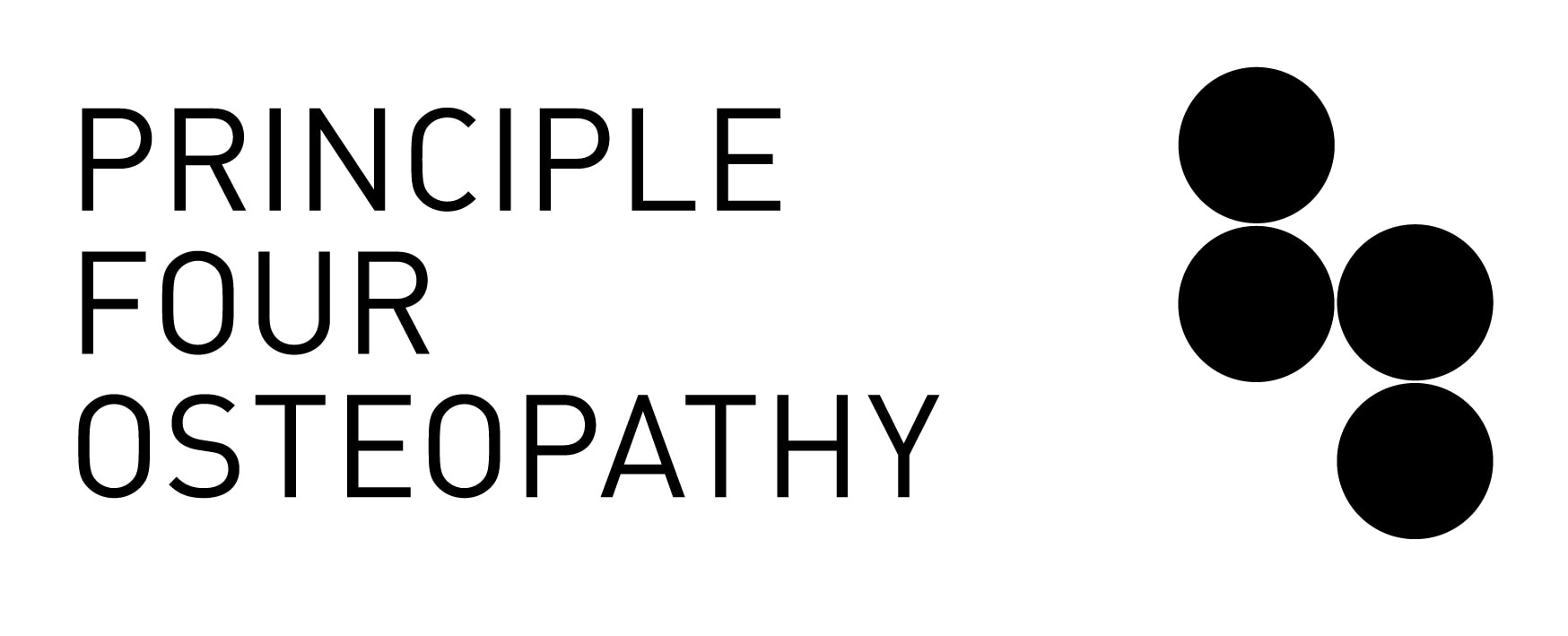The back is quite complex when it comes to identifying the underlying cause for pain due to the many structures in the area that could be involved. Structures located in the back that could be causing your pain include the discs, muscles, ligaments, tendons and joints. Typically most back injuries are either strains or sprains and very rarely are they serious conditions. Back pain is typically triggered by simple everyday activities or postures such as bending, twisting, sitting or moving awkwardly. Other causes include manual handling such activities such as pushing, pulling, carrying and lifting, over stretching, sitting with poor posture and overuse.
Known Risk Factors for Back Pain include:
- Smoking
- Ageing – as we age wear and tear occurs in the body and this increases the likelihood of developing various conditions that may increase ones risk of developing back pain.
- Genetics – if you have a family history of back pain, there is an increased chance you may develop back pain.
- Sedentary lifestyle
- Being overweight
- Poor posture – long term poor posture may increase ones risk of developing back pain.
- Pregnancy – changes in body shape and increased weight may increase the load placed on the lower back and therefore increase ones risk of developing lower back pain.
- Occupational hazards – occupations that involve heavy or repetitive manual handling or exposure to vibration may result in an increased risk of suffering a musculoskeletal injury.
Managing Your Back Pain
The vast majority of back injuries will often improve over several weeks. In the early acute stages, clients may find ice, heat or over the counter pain medication to help. Please consult with your General Practitioner before taking any medications. Manual therapy such as Osteopathy can also help with regards to loosening off tight and sore muscles, improving joint mobility and advice on posture and stretches. Seeing your osteopath can also be a great idea if you are wanting to start an exercise program. Your osteopath should be able to help prescribe and teach you some stretches, mobility exercises and strengthening exercises to improve your overall conditioning.
Note: If your back pain progressively worsens, you lose control of your bladder and bowel functions and/or you develop neurological symptoms into the legs, please consult with a doctor immediately. Whilst not that common, occasionally one can suffer a disc prolapse that encroaches on the spinal cord and has the potential to cause serious issues.
This blog was written by Osteopath Heath Williams. Heath is the director of Principle Four Osteopathy and Corporate Work Health Australia. Principle Four Osteopathy is one of Melbourne City CBD 3000 & Docklands 3008 leading Osteopathic clinics.
Clinic Locations
Principle Four Osteopathy Melbourne City – 29 Somerset Place, Basement Level, 3000
Principle Four Osteopathy Docklands – 717 Bourke St, Ground Level, 3008
Appointments can be made by calling 03 9670 9290 or booking online @ www.principlefourosteopathy.com.
